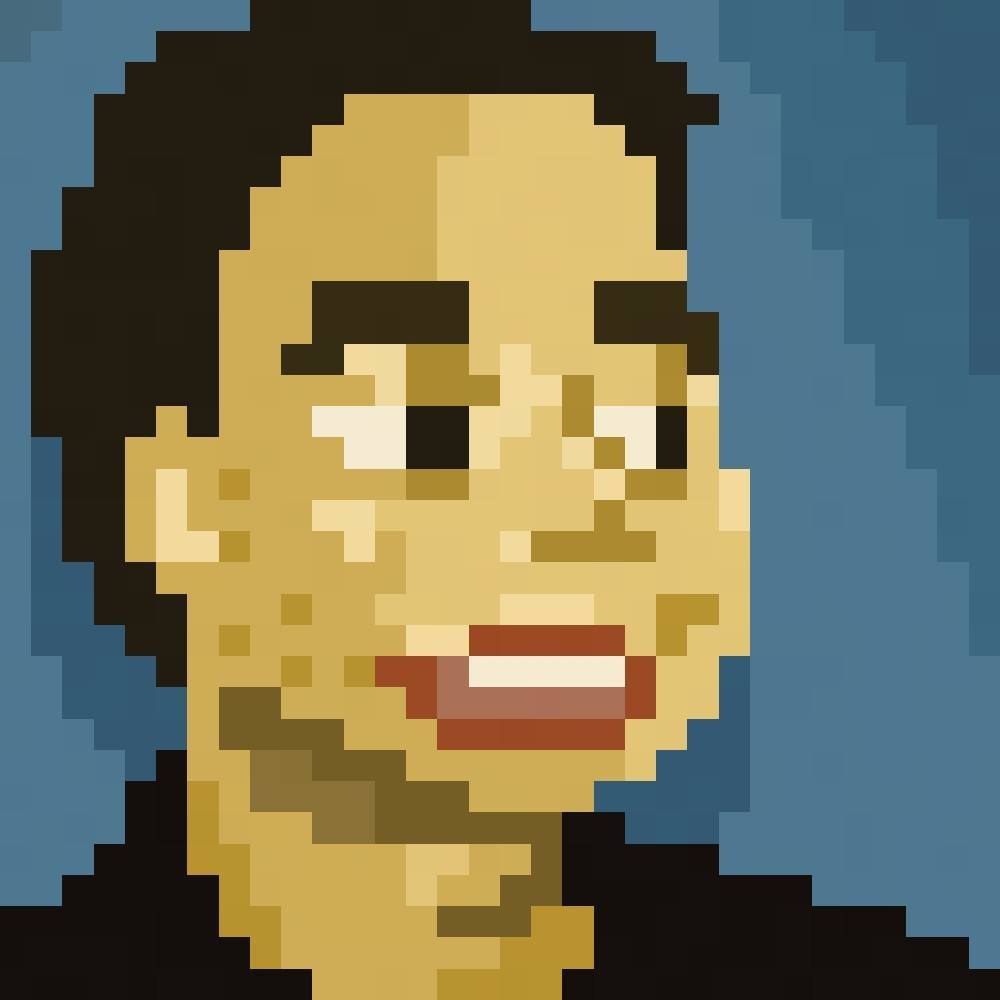
Tag: Retro
-
#WeeklyGameMusic: Discothéque Rouge, After Hours (Monaco: What’s Yours Is Mine)
Need a little more chiptune in your life? The absolutely talented Chipzel has you covered with this week’s #WeeklyGameMusic. Her remix of Discothéque Rouge, After Hours, from Pocketwatch Games’s multiplayer heist game, Monaco: What’s Yours Is Mine is some of the tastiest gems out their to savior. Enjoy it…while it lasts… They can’t keep us…
-
#WeeklyGameMusic: Heavenly Star (Lumines II)
The next #WeeklyGameMusic is a popular track that has appeared in quite a lot of games, ranging from No More Heroes to Child of Eden. As far as this writer can tell, though, it originated from Q? Entertainment’s block-based puzzle game, Lumines II. Sung by Genki Rockets, it tells a story of “an artificial space…
-
#WeeklyGameMusic: Honkey Tonkey Fantasy (半熟英雄対3D)
Ever wondered what would happen if you threw the infamous Final Fantasy music composers, Nobuo Uematsu, to write music for a comedic, nonsensical real-time strategy game? Wonder no more, fellow readers who ask such bizarrely specific questions: this week’s #WeeklyGameMusic has your answer! Here’s Honkey Tonkey Fantasy, from the Japan-only game, 半熟英雄対3D (Hanjuku Hero VS…
-
#WeeklyGameMusic: Song for Dot (SSX Tricky)
Another retro game to look forward to this week’s #WeeklyGameMusic. In a bit of a twist, here’s SSX Tricky‘s mix to the 90’s track, Song for a Dot by Space Raiders, which itself samples from There Goes My Heart Again by Fats Domino. Phew, that’s a lot to go through! Although the original music piece…
-
Chrono Trigger first impression
So now that I’ve played several hours on Chrono Trigger, I think it’s about time I write down my first impressions of the game. They say the first few minutes is the most important part of the game, but I’ve always preferred a great journey over a five minute spectacle. Anyways, I figured it’d be interesting to jot down…
